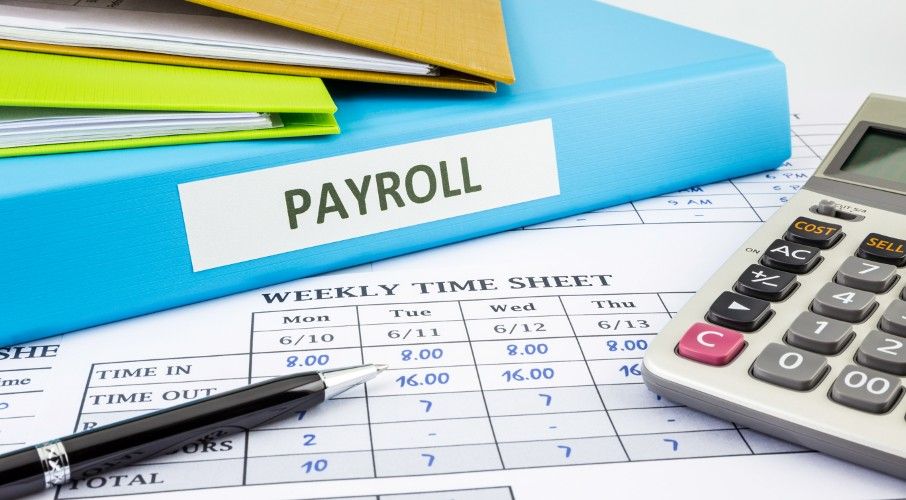Types of accrued payroll
Payroll accrual can take into account many different sources of expenses for businesses. This might be employee salaries, payroll tax or super contributions. To keep tabs on accrued payroll and gain insight into your business’s finances, keep in mind these sources of payroll accrual.
Salaries and wages
The largest source of accrued payroll is likely to come from salary and wages payable to employees. What are accrued wages? These are wages that are owed for the labour performed by your employees and are accounted as a liability until payday, when they become an expense. However, it’s a good idea to understand the size of your liabilities as a business owner. So, keeping track of accrued salary as part of accrued payroll is critical.
Note: remember to record gross wages in this category. Gross pay is the amount that employees are paid before income tax withholdings. Net pay is what employees receive after payroll deductions for taxes (along with any other garnishments) are taken out.
Annual leave
Annual leave for employees should also be accounted for in accrued payroll. That’s because, even if the employee doesn’t take time off that particular month, your business still owes them the value of their leave. This is especially true in workplaces where employees accrue paid leave each month.
It’s also important to mark paid leave under accrued payroll in case an employee decides to leave the company. In that case, you will likely owe the employee the value of their unused paid leave in cash as part of their final pay cheque.
Payroll tax
Payroll tax is another source of liability for a business. When accounting for payroll expenses, be sure to also record the portion of your payroll budget that must be directed toward:
- Commonwealth tax
- State income tax
- Employee superannuation
- Employer payroll tax
As the employer, payroll tax expenses and the withholding amounts are your responsibility. It’s essential to account for payroll taxes in order to remain in compliance with the ATO.
Bonuses
If your employees received any bonuses, commission or other forms of payment in addition to your usual wage expense, it’s smart to record it too.
















